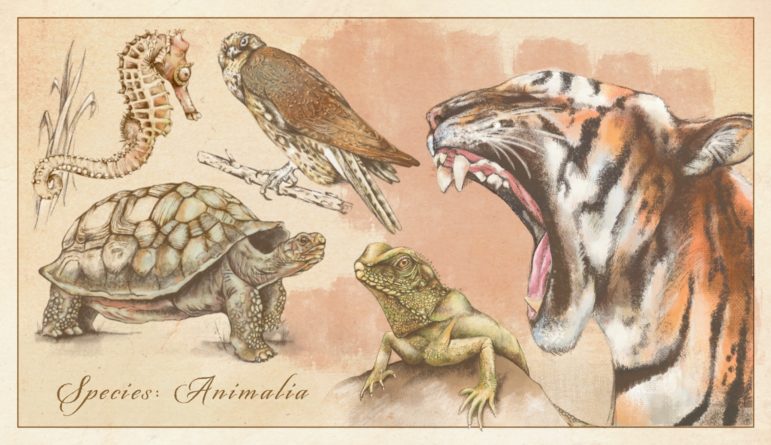The illegal trafficking of wild animals and plants is damaging biodiversity worldwide and spreading diseases. It’s an international story, with great opportunities for investigations in virtually every country.
Today GIJN is publishing a guide to encourage deep reporting about illegal wildlife trafficking (IWT). The story is important because one million animal and plant species are threatened with extinction, according to a 2019 United Nations report. The trafficking of animals is also contributing to the spread of “zoonotic disease,” caused by germs that spread between animals and people.
Corruption and criminal networks unquestionably are involved, but interesting subplots exist such as around how poverty facilitates supply and how falsehoods spur demand.
From the trafficking of cactuses in Chile to songbirds in Brazil, from chameleons in Madagascar to falcons in Pakistan, and pet fish from Asia, there are many angles to this story. Investigations into this subject often focus on ivory and the big cats, but the trade in lesser-known species deserves attention.
Below are highlights from our full guide, which features chapters on how to find sources and report on poachers, using social media to investigate, the document trail, the laws that govern wildlife trafficking, and information on the data. We have also compiled a spreadsheet containing a list of major reports into illegal wildlife trafficking, key groups working in this area, databases relevant for investigations, and examples of notable investigative journalism.
Getting Started
The webs of trafficking are varied and complex. Many people are involved, both as protectors and perpetrators.
Sadiq Naqvi, an independent investigative journalist in India who has written about rhino poaching, said: “It is very important to contact local people. While talking to the people about the poaching, I realized it was no secret.”
So who else should you talk with?
- Local citizens.
- Conservation officials.
- Law enforcement officials.
- Local and international nongovernmental organizations (NGOs), who do some of the best reporting on IWT.
- Private investigators hired by NGOs.
- Scientific researchers (to find species experts, check out this list).
- Government officials, including those involved in trade and transportation.
- Traders in legal wildlife commerce.
- Transportation workers at all levels.
- Persons convicted or in prison for IWT.
- Sellers, at many levels in the supply chain.
- Consumers.
Reading news stories on arrests and court cases may provide useful leads.
Preliminary Research Tips
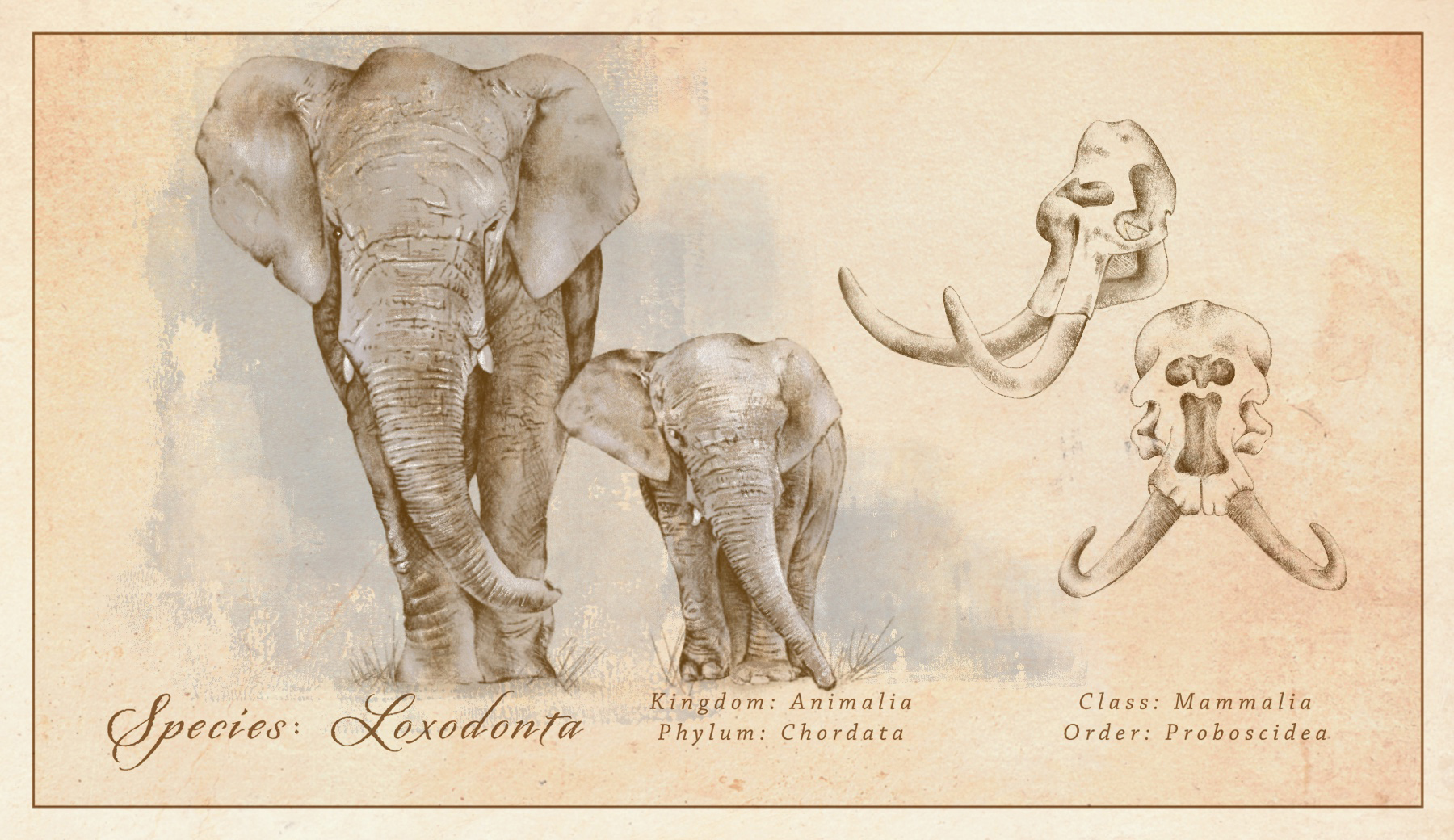
Illustration: Marcelle Louw for GIJN
IWT varies significantly by country and by product, but here some common factors to research:
- The characteristics of the animals and plants trafficked, and what they are used for.
- Location.
- Perpetrators — the cast of characters is varied.
- The economics involved.
- Smuggling techniques — tactics are clever and can change quickly.
- Transportation modes and routes.
- Supply chain — poachers, intermediate buyers, ultimate consumers.
- Where corruption is most likely.
- Law enforcement — who are the players, what jurisdiction do they have, what resources exist, etc.
- National laws and international agreements.
Using Social Media to Investigate
Social media is now extensively used to facilitate trafficking. Searches can provide story ideas, plus names of suspects and sources, and images.
Developing the right search terms requires specialized knowledge. Codewords are often used: for example, ivory is sometimes obliquely referred to as “yellow materials,” “white plastic,” or “jelly.” GIJN spoke with expert investigators to glean some tips. They include:
- Figure out keywords about the target species.
- Include terms about types of transactions, such as the words: buy, order, purchase, etc.
- Think carefully about which platforms to search.
Take care to protect your own identity if you engage on social media.
Some examples: How Instagram Celebrities Promote Dubai’s Underground Animal Trade, by Bellingcat’s Foeke Postma, and From Skies to Screens: How Migratory Cranes are Threatened by the Internet by Rafiullah Mandokhail in the Parliament Times.
The Cascade is an internet-scraping tool developed by the Global Initiative Against Transnational Organized Crime (GI-TOC) to detect online IWT. It can be adapted to access different social media platforms and has multiple language capabilities. The results for two major species, African grey parrots and pangolin, are continuously uploaded, but the data is not on the website; contact the team directly for access or more information.
Major social media companies have pledged to thwart IWT, joining the Coalition to End Wildlife Trafficking Online, but there’s been limited reporting on what they are actually doing.
Covering Trafficking at the Source
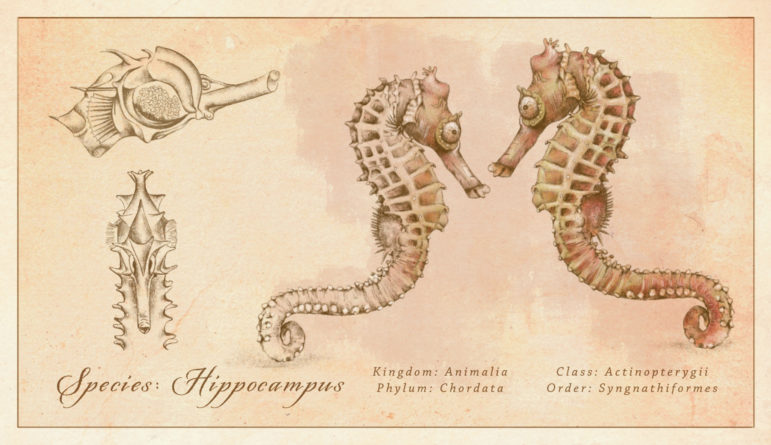
Illustration: Marcelle Louw for GIJN
Reporting in the field on those who capture and kill endangered animals and collect rare plants can be difficult and dangerous, so caution is advised. Reporters often tag along with wildlife protectors and law officers to get first-hand insights and sometimes graphic images. Two Spanish journalists who had been filming a documentary on poaching in Burkina Faso were murdered in early 2021.
Ground-level observation may reveal who is doing the poaching and why. Being at the bottom rung of the ladder may yield clues on who is involved at the next rung up and offer clues on corruption.
Here are a few examples about reporting on poachers: The Hard-knock Life of an Indonesian Bird Catcher, by Mustafa Silalahi; Dina Fine Maron’s Exclusive: Inside Florida’s Alleged Flying Squirrel Smuggling Operation; and Donkey Rustlers Profit Off Wildlife Trafficking Routes, by Oscar Nkala.
Interviewing incarcerated poachers traffickers can provide insights. See the TRAFFIC report, Insights from the Incarcerated: An Assessment of the Illicit Supply Chain in Wildlife in South Africa.
Following the Trafficking Trail
“We know what happens at poaching level and at the end of the supply chain,” but much less about “the middle,” according to Andrea Crosta of Earth League International, an NGO that runs the wildlife crime whistleblower initiative Wildleaks.
Although IWT is often described as the work of organized crime, “disorganized crime” is the term preferred by Stephen Carmody, chief of investigations for the NGO Wildlife Justice Commission.
Undercover work to expose IWT is standard operating procedure for law enforcement officials, NGO researchers, and sometimes journalists, but extreme caution is advised.
Julian Rademeyer, who wrote the book “Killing for Profit – Exposing the Illegal Rhino Horn Trade,” said: “Undercover investigations do have a role to play but, in my view, should be a last resort.”
Less risky reporting relying on interviews with experts and data can result in impressive stories. Here are some examples: Tipping the Scales: Exposing the Growing Trade of African Pangolins into China’s Traditional Medicine Industry, a report by the US NGO C4ADS; The Elephant Pricing Scam, by Karl Ammann; Pangolins in Cameroon are on the Verge of Extinction, by Abhijit Mohanty.
This brief by TRAFFIC is a good introduction to corruption techniques, such as the use of false documents.
Using Seizure Records
Seizure records can provide useful leads and evidence.
The Wildlife Trade Portal by TRAFFIC is an interactive tool that displays the group’s open source wildlife seizure and incident data. The portal is searchable (but is accessible by request only), with results displayed not only as a list but also in a dashboard format. Individual entries find more in-depth information about a specific incident, such as the species, commodities, and locations involved.
Another source is the Wildlife Seizure Database, maintained by C4ADS, an NGO based in Washington, DC. It contains over 5,000 records of ivory, rhino horn, and pangolin seizures tracing back to 2009, as well as tiger and leopard seizures since 2014. Read a longer description here, but note access is by request.
The Environmental Investigation Agency (EIA) in the UK has posted data from publicly available information on seizures and prosecutions. EIA’s search effort focuses on elephants, rhinos, pangolins, tigers, leopards, snow leopards, clouded leopards, totoaba fish, and various species of timber.
Most individual national governments keep seizure records, digitally or on paper.
Impunity and Incompetence Fuel Illegal Mexico-China Seahorse Trade, an article by Joanne Lee makes good use of seizure data.
The CITES Trade Database is the largest dataset on legal international trade in extinct and near-extinct species as determined by the Convention on International Trade in Endangered Species of Wild Fauna and Flora, an international agreement between governments.
Reporter Calistus Bosaletswe, who works with South Africa’s Oxpeckers Centre for Investigative Environmental Journalism, used CITES data to investigate that nation’s import trade in lions and their byproducts from neighboring Botswana.
Some other story ideas: The legal trade in wildlife is used as a front for illegal trafficking, while in some countries, valuable stockpiles of seized goods have been mismanaged.
Reporting on Legal Systems
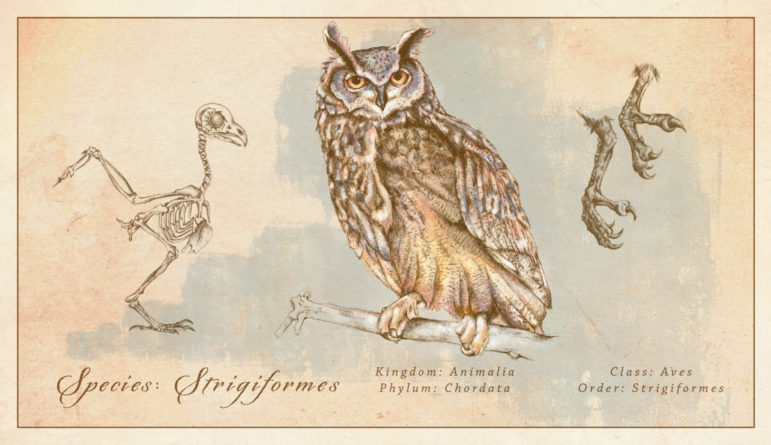
Illustration: Marcelle Louw for GIJN
Arrests for IWT rarely result in successful prosecutions and convictions. The penalties and prison sentences are remarkably low.
Oxpeckers runs several databases that track the workings of the legal system, largely based on court documents:
- #WildEye is Oxpeckers’ tool “designed by journalists for journalists” to track wildlife crime across Europe.
- #WildEye Asia, also from Oxpeckers, follows wildlife crime across the continent.
- Rhino Court Cases is Oxpecker’s database dealing with cases in southern Africa.
See examples of reporting on prosecutions in Vietnam, China, South Africa, Nepal, and Eastern Europe.
Oxpeckers’ approach provides a template for how to create a database.
In India, the Wildlife Crime Database maintained by the Wildlife Protection Society of India has details of over 33,300 wildlife cases, and 27,000 alleged wildlife criminals.
Sometimes the lack of data might trigger a story. For example, Bolivia’s Jaguar Seizures Down as Suspicions Rise Over New Mafia, by Vanessa Romo.
In parallel, to explain why prosecutions lag, there are important policy stories to tell about weak laws and lax enforcement.
Reducing Demand
Reducing demand is widely recognized as a key way to combat IWT, but it’s easier said than done, because of traditional beliefs, misinformation, and social status rationales.
Major anti-consumption campaigns have been mounted, largely for high-profile animals, sometimes using messages from celebrities.
Journalists have examined the largely unsubstantiated claims about the health and sexual benefits of using wildlife-derived products. Such reporting usually relies on interviews with medical experts and proponents of traditional Chinese medicine (TCM).
Some examples: Wildlife Has No Part in TCM, Say Chinese Doctors, by Yuexuan Chen, and In China, Traditional Remedies for COVID-19 Are Fueling the Wildlife Trade by Despina Parthemos.
Also, reporters might question government policies that facilitate the use of products with no proven benefits, even when it is legal to do so.
Impossible Figures: Calculating the Impact of an Immeasurable Trade
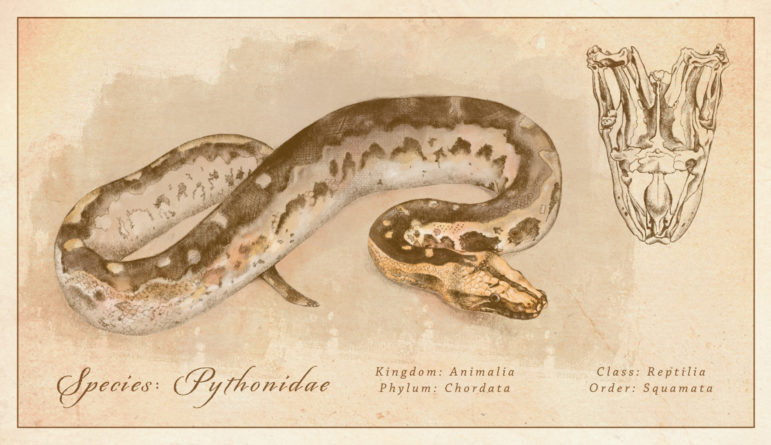
Illustration: Marcelle Louw for GIJN
The most widely quoted generalizations about the monetary value of wildlife trafficking are built on quicksand and so old, vague, and poorly done that they should be avoided, according to experts consulted by GIJN. The safest generalization is that IWT is a multi-billion dollar market.
Better to focus on the demonstrated negative impact of trafficking on plant and animal populations, and several major studies document drastic declines in biodiversity.
The most inclusive is from the United Nations, the IPBES Global Assessment Report on Biodiversity and Ecosystem Services. An analysis published in The Proceedings of the National Academy of Sciences shows that more than 500 species of vertebrates are now on the brink of extinction. The World Wildlife Fund Living Planet Index reveals an average decline of 68% in vertebrate species numbers between 1970 and 2016.
Many resources exist from which to gather information on threatened species. They include the Checklist of CITES Species and the Red List of Threatened Species.
Understanding the Legal Basics
International trade in wildlife is covered by a major international treaty and national laws, but the sufficiency and efficacy of these protections remain much debated.
The key international treaty is the Convention on International Trade in Endangered Species of Wild Fauna and Flora (CITES), to which 183 nations are parties. CITES requires parties to penalize trade that violates its provisions but does not dictate national laws.
CITES categorizes more than 38,700 species (more than 32,800 plants and around 5,950 animals) into three “appendices,” depending on the degree of protection needed. International trade is prohibited for some 1,000 species.
The parties to CITES meet every two to three years at the Conference of the Parties (CoPs). The next one will be held in 2022 in Costa Rica, where heated debate about the strength of international controls is expected.
Nations adhering to CITES adopt their own standards for trade within their borders. National laws vary widely, so a good source is Legal Atlas.
Journalism in this space? Read The Legal Proposals Shaping the Future of Wildlife in China, by Wang Chen and Jiang Yifan, or Game Over for China’s Wildlife Food Trade, But Does Ban Go Far Enough? by Jane Cai and Guo Rui. In Latin America, Abby Guen has interrogated one country’s national laws in the article Out of Sight: Wildlife Trafficking Responses in Colombia.
In July 2021, GIJN held a webinar on Wildlife Trafficking. See below:
Additional Resources
GIJN Resource Center: Illegal Wildlife Trafficking (Full Guide)
10 Lessons from Our Global Collaboration on Pangolin Trafficking
Powering Up Geo-Journalism for Investigative Environmental Reporting
Investigating Environmental Crimes and Climate Change
 Toby McIntosh is GIJN’s Resource Center senior advisor. He was with Bloomberg BNA in Washington for 39 years. He is the former editor of FreedomInfo.org (2010-2017), where he wrote about FOI policies worldwide, and serves on the steering committee of FOIANet, an international network of FOI advocates.
Toby McIntosh is GIJN’s Resource Center senior advisor. He was with Bloomberg BNA in Washington for 39 years. He is the former editor of FreedomInfo.org (2010-2017), where he wrote about FOI policies worldwide, and serves on the steering committee of FOIANet, an international network of FOI advocates.
